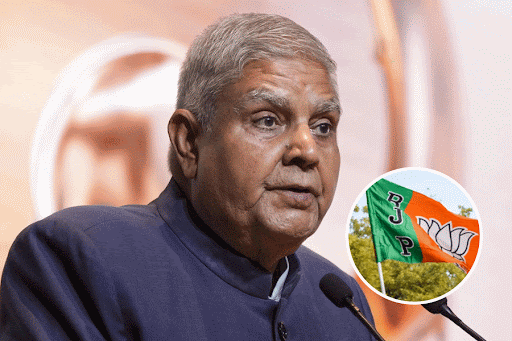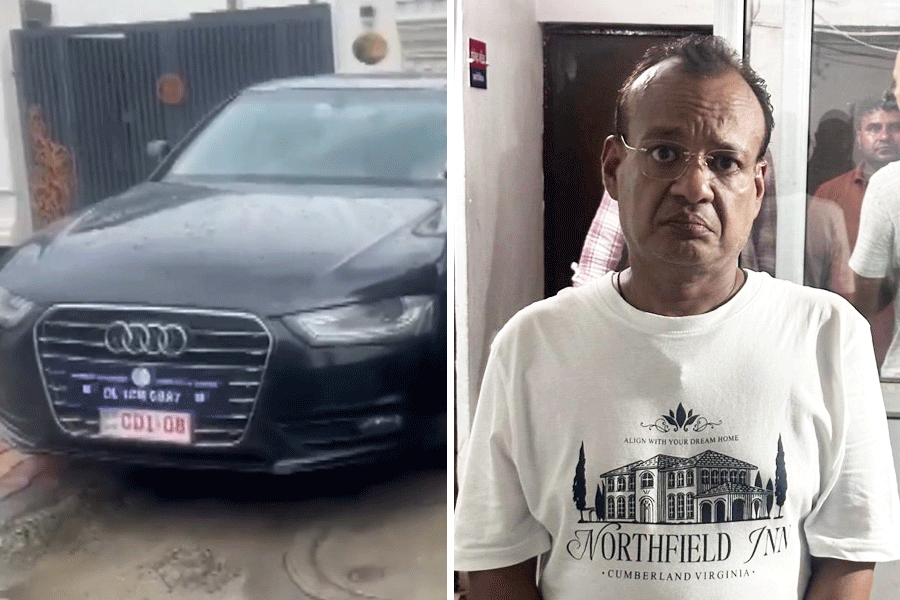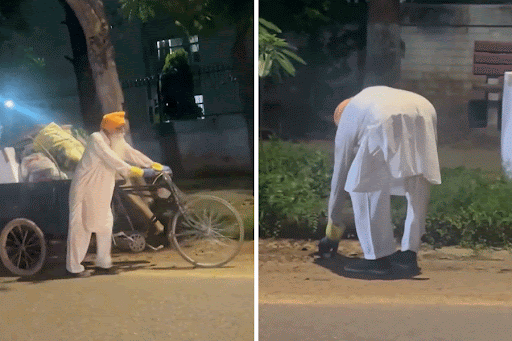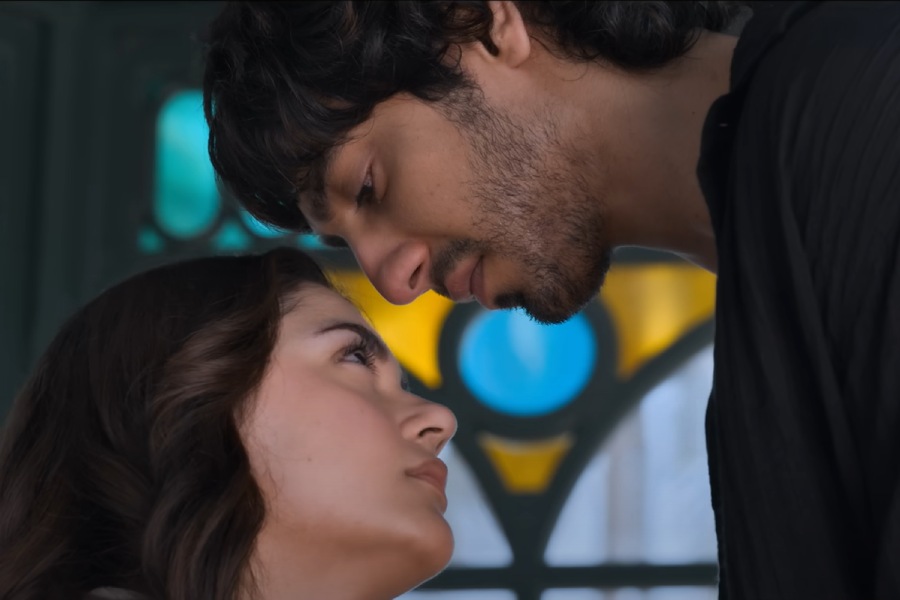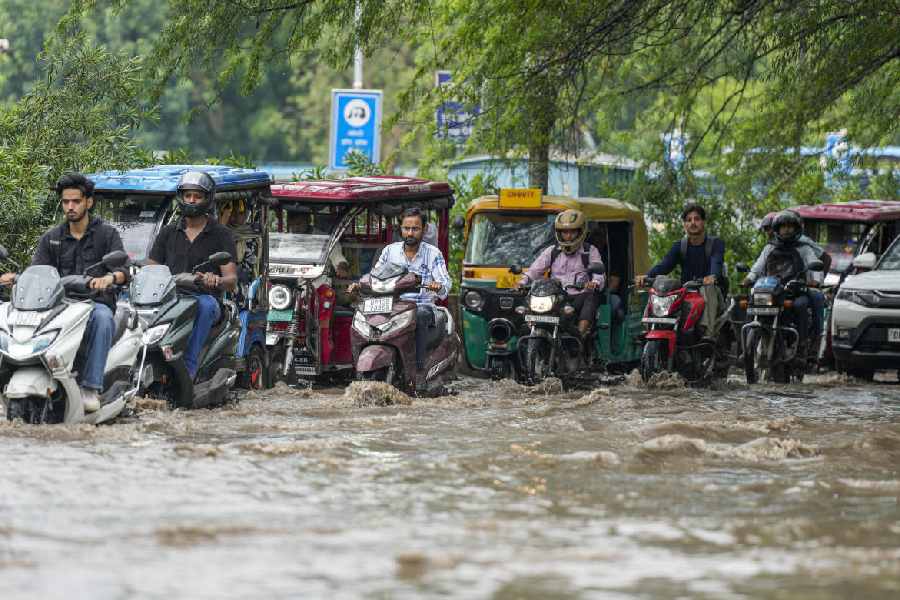Hundreds of devotees visited Lord Jagannath and His siblings while they were enjoying their vacation at Gundicha Temple. But few would know about the fascinating tales associated with Saradha Bali (the holy sand), which lies opposite the temple.

Legend has it that once there flowed a river between the Jagannath temple and Gundicha called Malini, a tributary of the Bhargavi.
"Six chariots used to be built during that time. While three would carry the deities from the main temple or bada deula to the shore of the river, the other three would be parked across the river to carry deities to their vacation abode," said Kailash Das, a Jagannath culture researcher.
But this set-up worried Saradha Devi, wife of the 13th century King of Puri, Narasingh Deva, who wanted the deities to have a hassle-free journey. "She had the mouth of the river Malini closed and the river was filled with sand. Since then, the place came to be known as Saradha Bali," said Das.
Researchers refer to texts such as Jagannath Mandir O' Jagannath Tatwa by Pandit Suryanarayan and Shri Jagannath Padyawali by Kshtrabasi Nayak and Nabanya Nayak while talking about legends associated with Lord Jagannath and rituals.
However, superintendent of Odisha State Archives Bhagyalipi Malla has another version to tell. "The tributary of the river Sankhua ran between the two temples and the name of the river branch was Saradha. The name of the place came from there," she said.
Surendra Mishra, a Sanskrit scholar at Sri Jagannath Sanskrit University, has his own version of the story.
"Jagannath would dismount at a location that is now called Saradha Bali because the place where the Lord dismounted became a place of reverence or ' shradha' in Sanskrit. The river was blocked just to make the process easier," he said.
He also said that in the 16th century, the buried river started flowing again and Gajapati Ramchanadra Dev, the then king of Puri, ordered it to be filled up with sand.
The incident finds references in books such as Rath Nirman Paddhati written in the 9th century, Panchasakha by Balaram Das and a fleeting reference in Madala Panji.
Malla said that apart from the river flowing between the two rivers, scholars have interpreted the origin of the Gundicha temple over the years in various ways.
Historian Harekrushna Mahatab has written that the word Gundicha comes from the tribal word " gudisa" meaning wood.
"Many believe in the tribal origin of the Lord as he is made from wood. So one cannot shrug off the theory," said Malla.
However, Benimadhab Padhi, in his book Daru Devata, says: "The word is a deviation of the word 'kundicha' where ' kun' means 'that' and 'dicha' means ' gandi' or limit in Saura language. As he was worshipped by the Sabar people, the name has its origin there."


